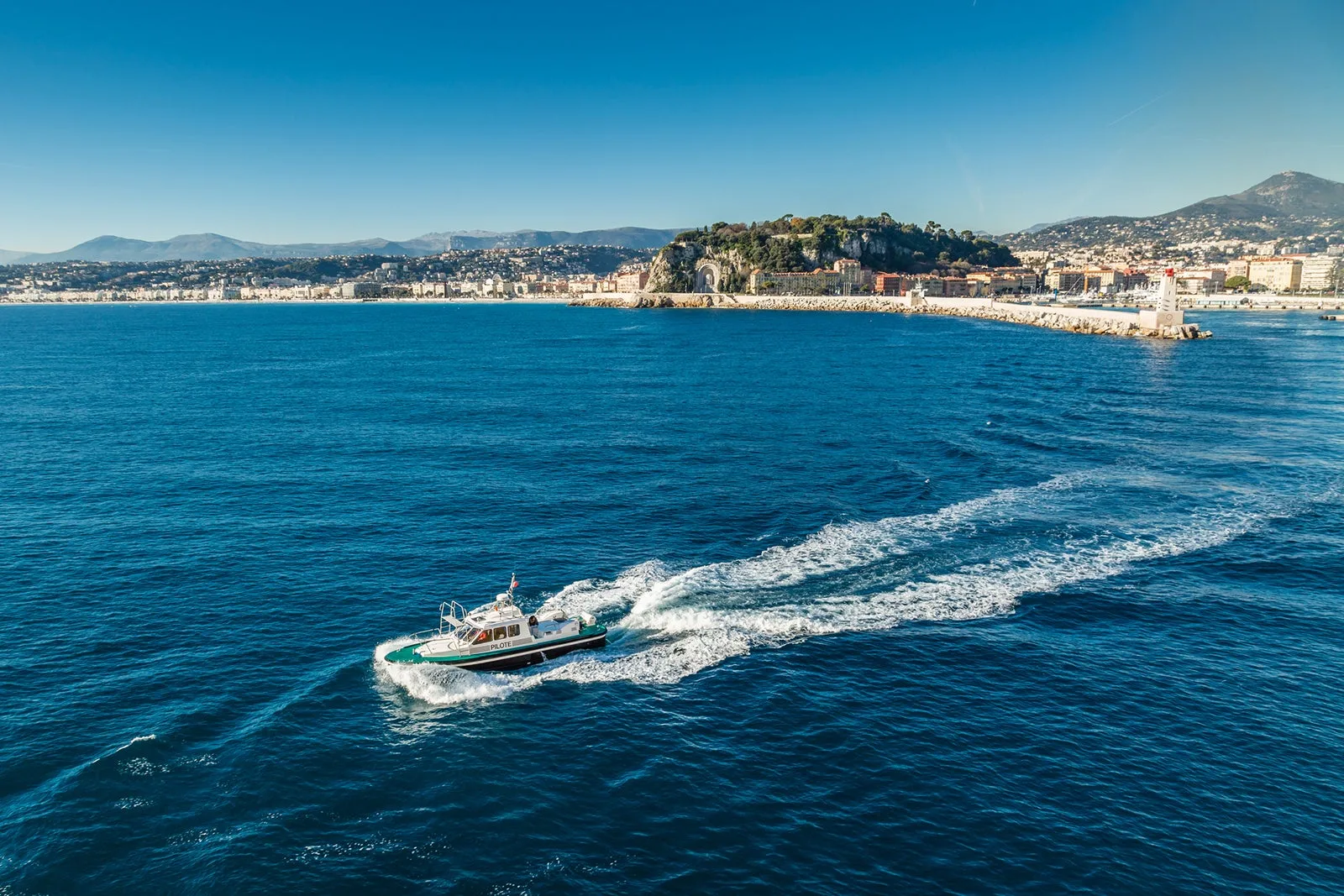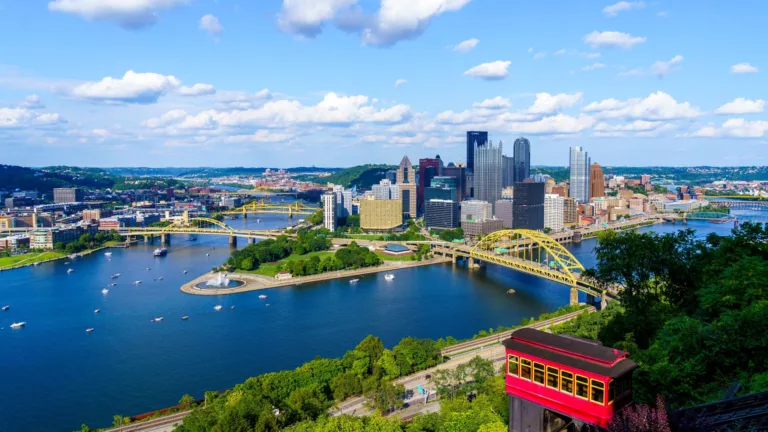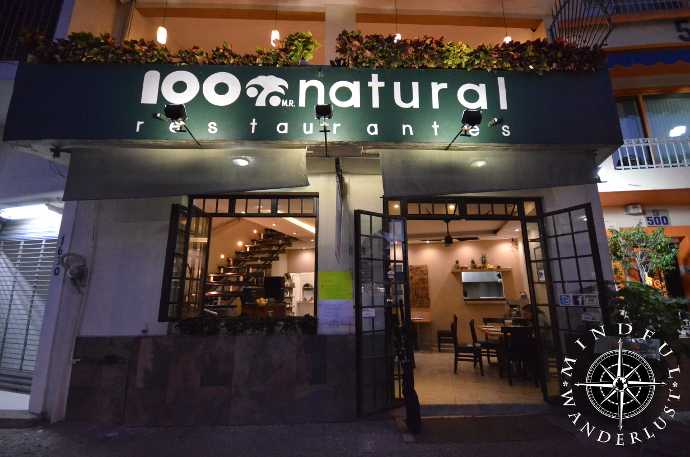What does a Cruise Ship Pilot do?
If you have ever been on a cruise ship, you may have seen pilot boats approaching the vessel and watched as pilots climbed aboard via rope ladders. These individuals are marine or ship pilots who are experts in the waterways and ports the ship is entering or leaving. Their main responsibility is to safely guide the cruise ship into and out of harbors.
In this article, we spoke with two industry experts, Clayton L. Diamond and Edouard Petitson, to learn more about the role of cruise ship pilots. Diamond is the executive director-general counsel of the American Pilots’ Association, while Petitson serves as Norwegian Cruise Line’s port captain director.
When a cruise ship approaches a port, a pilot boards the ship using a pilot boat, which can be around 65 to 100 feet long. Once on board, the pilot works closely with the captain or helmsman to provide guidance on the best course to steer the ship through the offshore channels and waterways until it reaches the dock.
Pilots also handle the piloting of vessels from the dock to a designated “pilot boarding area,” where they transfer to the pilot boat. The duration of pilotage can range from a few hours to several hours depending on the specific port.
Marine pilots possess extensive training and expertise in their respective ports. They have comprehensive knowledge of the local environment, including hydrographic, wind, and tidal conditions. Their familiarity with the channels, landmarks, docks, and potential navigation hazards enables them to safely navigate the ship.
Unlike ship captains who sail to different ports worldwide, marine pilots specialize in one specific port, making them highly knowledgeable and experienced in that area.
Mandatory pilotage is required in most ports around the world, with a few exceptions. For example, in Miami and other U.S. ports, pilotage is compulsory for all inbound and outbound ships and is provided by local pilots. Regulatory boards determine the number of pilots required in each port based on shipping and cruise traffic to minimize delays.
English proficiency is a requirement for all pilots, even in destinations where English is not the primary language. In emergency situations, pilots may communicate in their native language with other ships in the channel, traffic control, and fellow pilots to avoid misunderstandings.
In rare cases where a pilot and captain disagree, the captain always has the final say as they are ultimately responsible for the safety of the vessel, crew, and passengers. The captain will assume control of navigation until any disagreements are resolved.
Piloting ships can be a dangerous occupation, but safety measures are in place to minimize risks. Pilots follow strict regulations and undergo continuous training to ensure the safe boarding and disembarking of ships. The American Pilots’ Association collaborates with organizations like the U.S. Coast Guard and the International Maritime Organization to enhance safety protocols.
Becoming a cruise ship pilot requires extensive education, training, and experience. Potential pilots typically attend maritime academies and spend years gaining firsthand experience at sea before entering a pilot apprenticeship program. Licensed pilots have mastered their craft and can navigate the largest ships in the world. However, the number of female marine pilots remains low, with only a small percentage holding unlimited tonnage licenses.
In conclusion, cruise ship pilots play a crucial role in ensuring the safe navigation of ships in ports around the world. Their specialized knowledge and expertise in specific ports make them invaluable assets to captains and crews. Passengers can have peace of mind knowing that experienced professionals are guiding their ships into and out of port.







